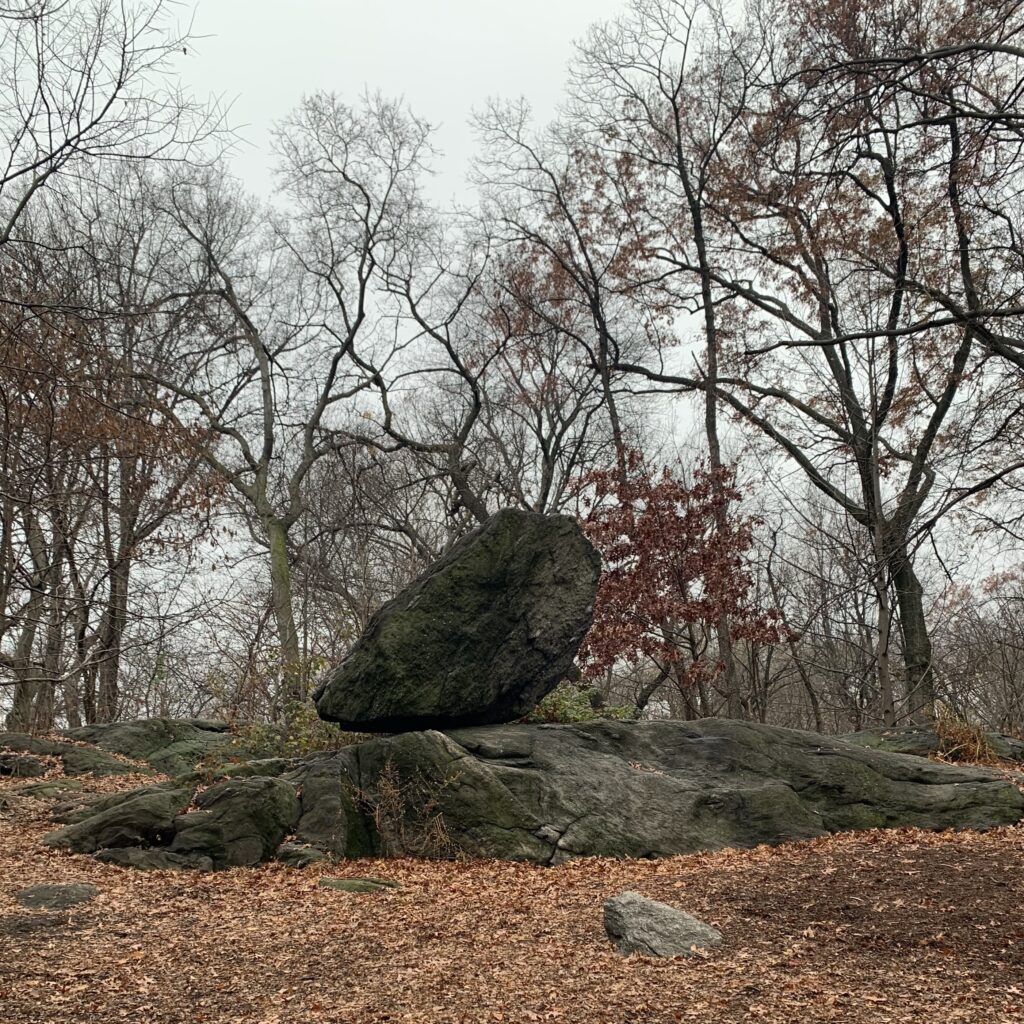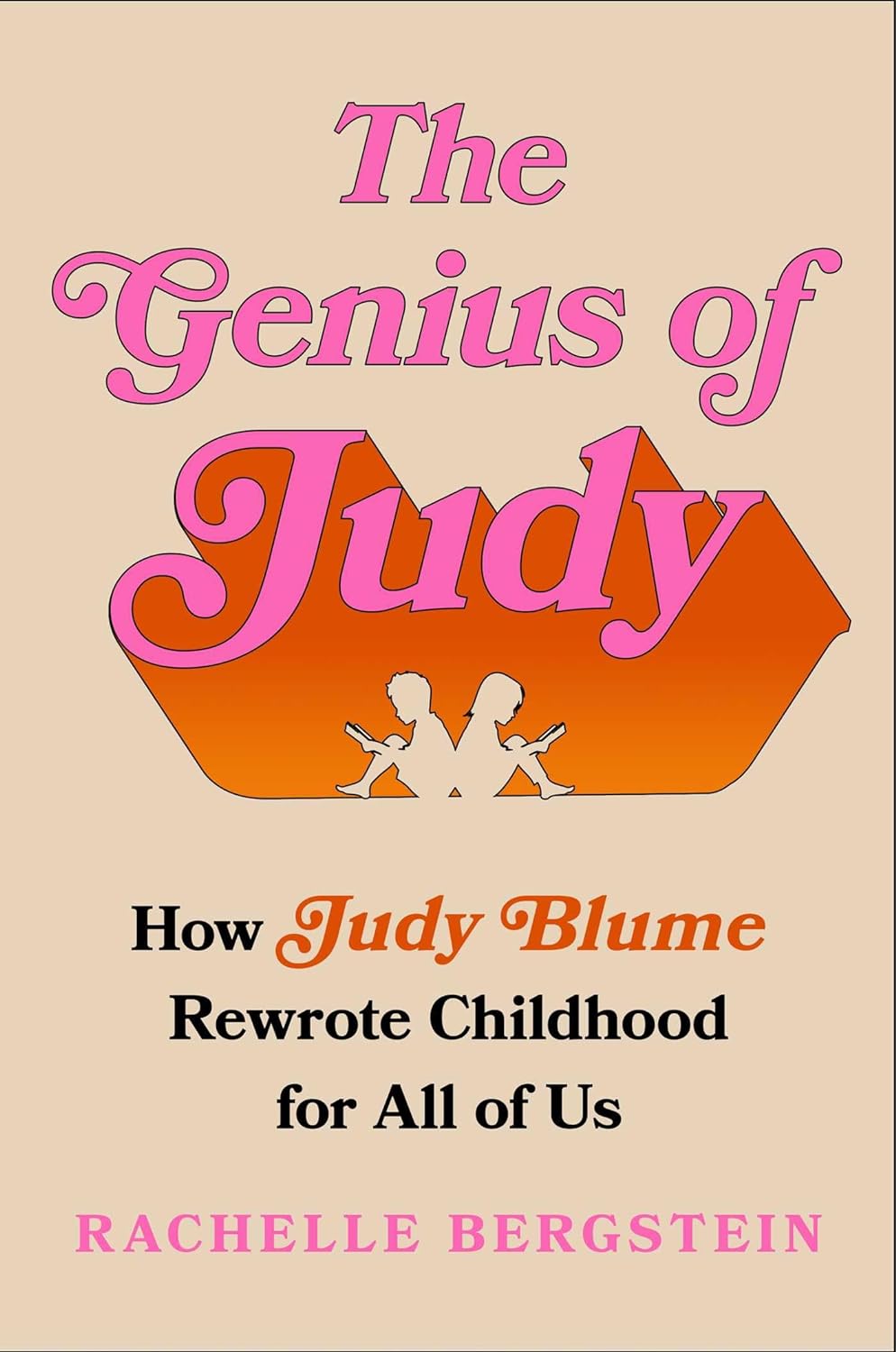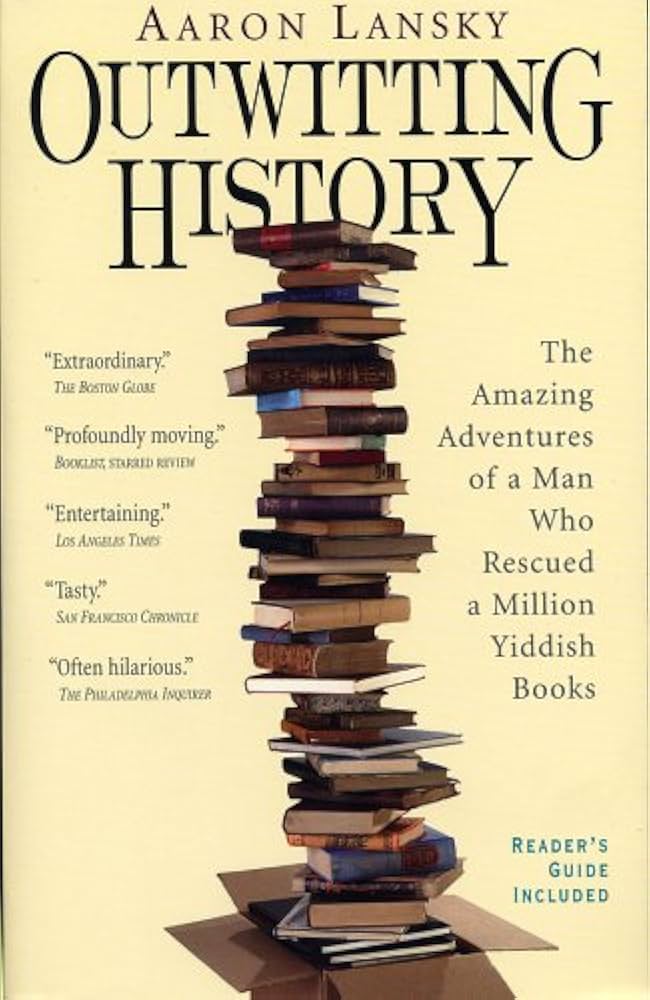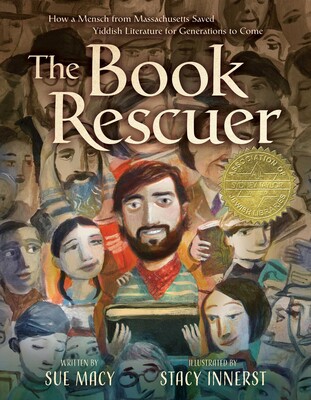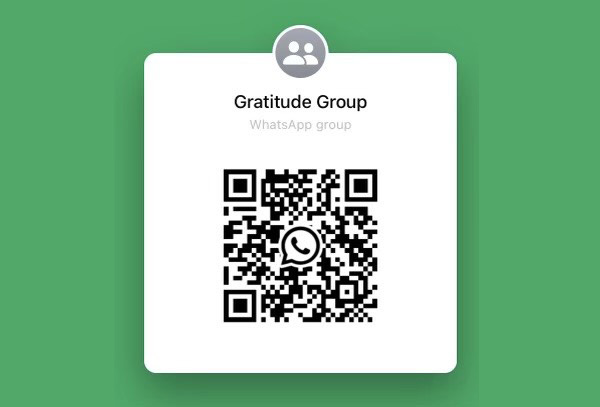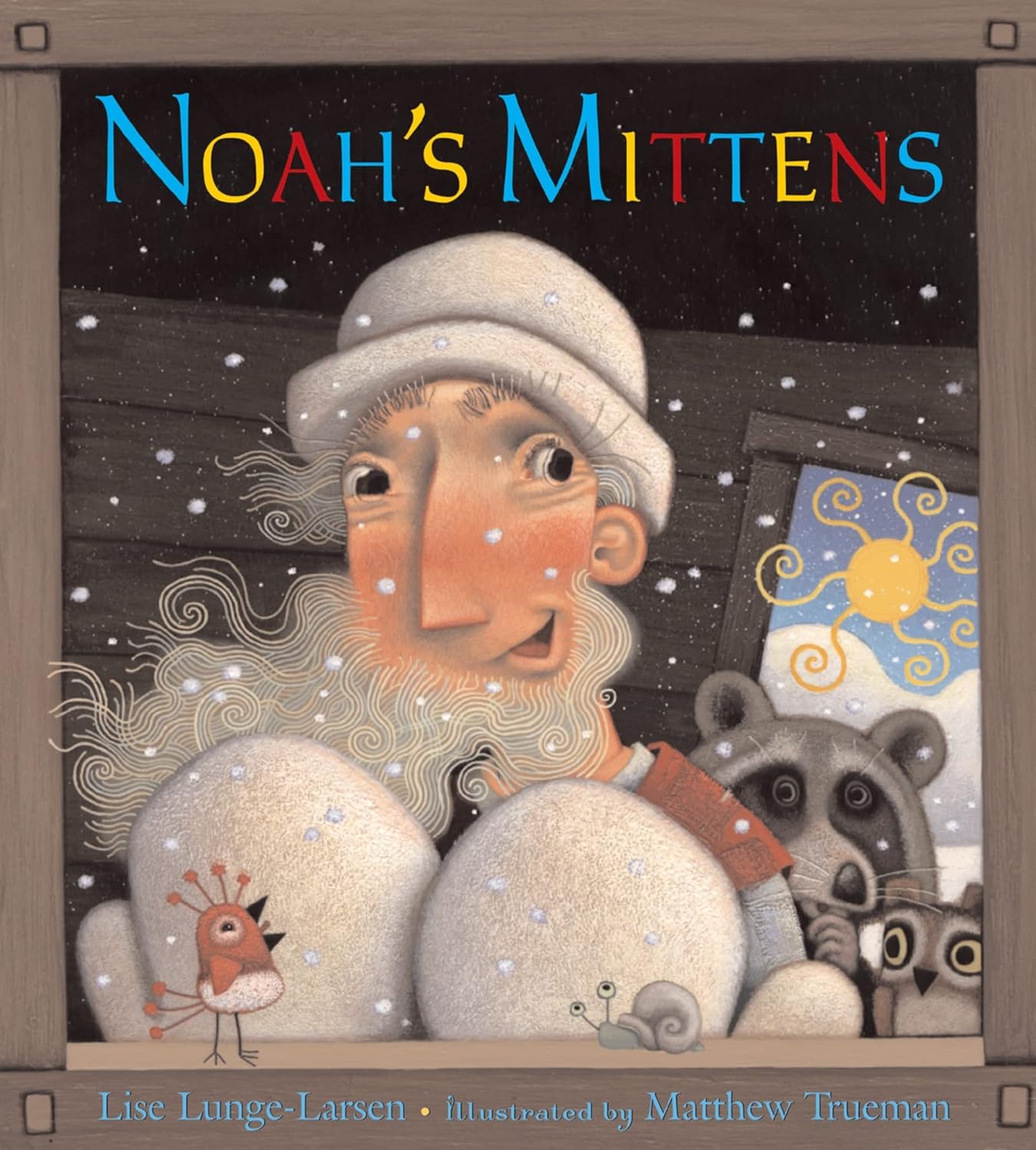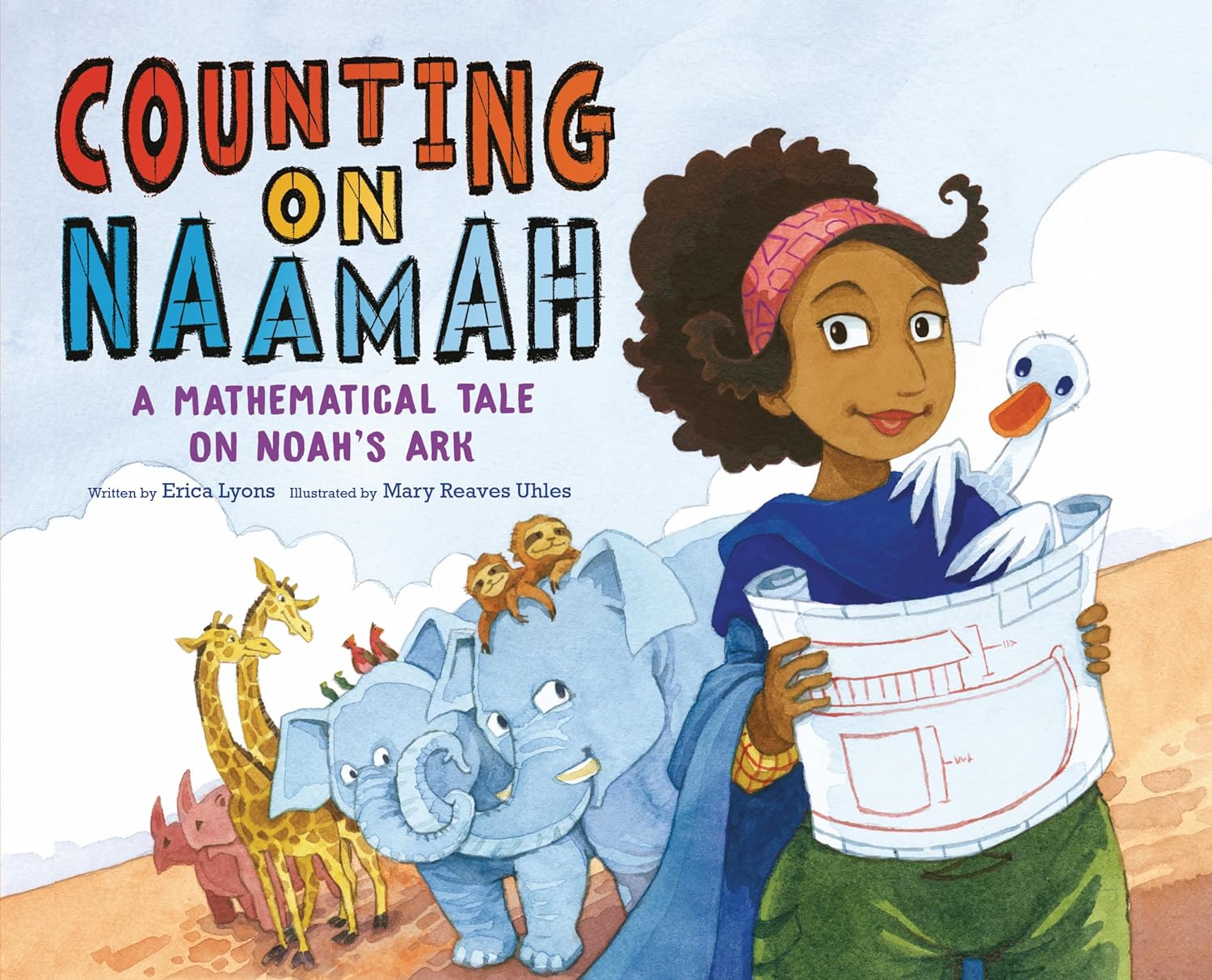Do you know what you were doing 100 days ago?
I think I do. Here’s a hint:
If an airplane takes off from JFK heading to Paris and is 1% off course… the plane will end up in Spain or England instead. It’s the 1 in 60 rule, highlighting how even a small deviation in course can result in significant errors over long distances.
Jog any memories? Maybe not (unless you’re a pilot). Give up? It was one of the factoids I shared over Rosh Hashanah… 100 days ago.
Happy New Year, my friends… again! The Mishnah teaches that there are four new year’s days in the Jewish calendar. The rabbis were on to something. Seems to me that living double-calendar lives (as Americans living 2025, as Jews living 5785) gives us a great opportunity to check in on all those vows we made while the leaves were turning from green to gold… 100 days later, as we shiver in the ice and wind of winter.
Unlike the Jewish New Year’s season, which focuses inwardly on our character development and relationships, the secular new year tends to focus outward on things like exercise, financial planning, and training ourselves to like kale smoothies. January can be where the rubber meets the road for the character-development-type resolutions we made 100 days ago (and sealed 90 days ago at Yom Kippur), a chance to incorporate some course corrections as we dive into the good habits we often try to undertake come January.
So back to that 1%. It can be overwhelming, to live up to our greatest ambitions of self. But what if we make just a tiny adjustment instead? Just 1% is all it will take, to steer us on to a different course and land us at an entirely different destination.
One percent of 24 hours is… 12 minutes. What might you do differently for 12 minutes each day, that helps you course correct to the person you want to be?
Or maybe it’s not a time-bound thing; maybe easing your load (figuratively speaking) by 1% is what it will take for you to feel less stressed or less cranky… or more joyful?
Now here’s a wild coincidence (or a wink and nod from a Higher Power): the Talmud, too, has a 1 in 60 rule! It is most often invoked as part of the rules of kashrut (keeping kosher): if, say, you accidentally drop a glass of milk into the pot of chicken soup you’re making… how do you decide if you need to throw the whole thing away because it’s treyf (not kosher because of the mixture of milk and meat) or not? Turns out the magic ratio for deciding if it’s kosher is… 1/60!
How cool is it that the rabbis didn’t make it a clean 100%? How cool that “we’re doing our best over here,” quantified, comes down to… 1/60?
That rule is not the only place the 1/60 shows up. It is also invoked in a beautiful passage about extremes and small doses:
There are five matters in our world which are one-sixtieth of their most extreme manifestations. They are: fire, honey, Shabbat, sleep, and a dream.
The Gemara elaborates: our fire is one-sixtieth of the fire of Gehenna; honey is one-sixtieth of manna; Shabbat is one-sixtieth of the world-to-come; sleep is one-sixtieth of death; and a dream is one-sixtieth of prophecy. (Talmud, Brachot 57b)
In other words: we could go to extremes and try for all or nothing at all. Or, when it comes to creating a good life, we could make little adjustments along the way that keep us on course. Our homes should be heated and we should light candles for Shabbat, Chanukah, aromatherapy, whatever – but not on fire like we are witnessing in L.A. right now. That is too much.
(In fact, it is too much to bear, and we would all do well to contribute tzedakah to help those who need it right now there. In particular, consider this fund to help the 100-year-old Conservative synagogue of Pasadena, which has burned to the ground, rebuild. To those with family and beloveds in the L.A. area, please let us know how we can support you and them.)
We should add 1% more sweetness (that’s the honey) and Shabbat (rest, family, spiritual renewal). We should get a little more sleep. We should nurture our dreams a little bit more. How much more? Just 1% more.
One hundred days ago, we thought about taking on one new mitzvah, each of us, to help the Jewish people. How’s that going? Whether you took one of the slips of paper from the basket on the way out of the sanctuary that day or chose one of your own, have you formed it as a habit? If you have no clue what I’m talking about, you can reread my Rosh Hashanah sermon here or rewatch it here… or skip to the punchline, which is: what one mitzvah you can do to step up your game as part of the Jewish people?
Ten days into 2025, 100 days into 5785: who do you want to be this year, and what 1% change can you make to your habits to become that person? I’d love to hear your answer. For me, I continue my commitment to connection. I write these emails as part of that commitment, and I love nothing more than to hear from you. If you’ve never hit reply… but you’ve gotten this far… send me a little note! (My kids’ guidance counselors used to do that to get students to read to the end. So I’ll try it, too. The 18th person who writes me back gets… a little treat from the Miriam Sisterhood Gift Shop that I’ll choose for you. Or forget the bribe, and let your response be part of your 1/60 mitzvah move for today.)
One hundred days from now, I hope we will find ourselves that much closer to reaching our goals – the inner-focus ones and the outer-focus ones, too. I hope that we’ll have developed the habits that help us stay on course. I hope we’ll have a little more honey and fire (the good kind), sleep and Shabbat and dreams.
After all, 100 days from now, it will be Passover.

